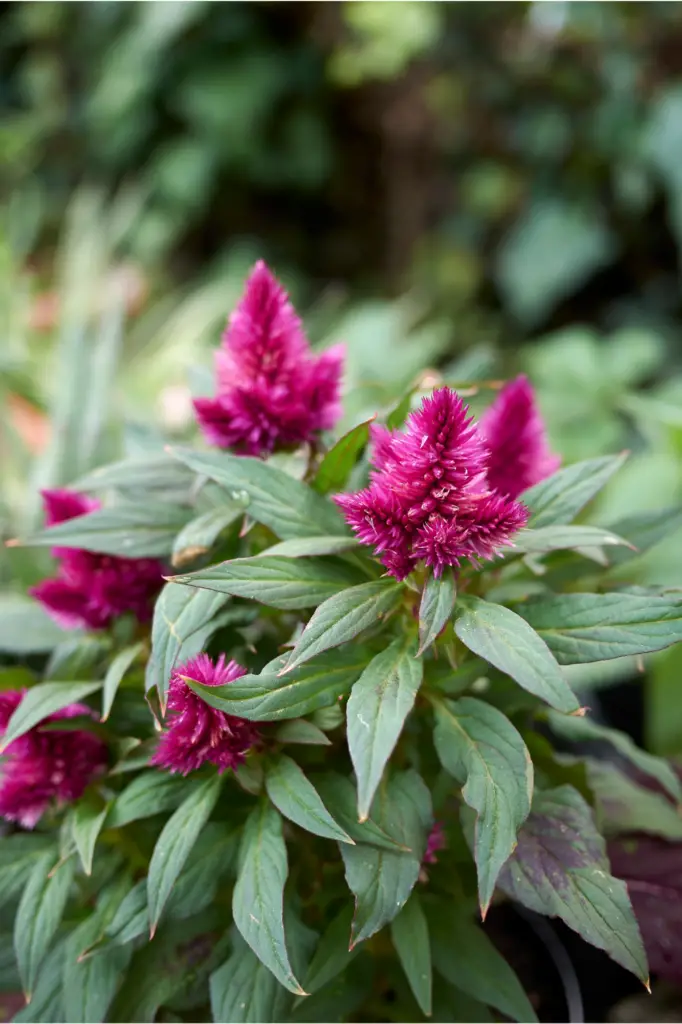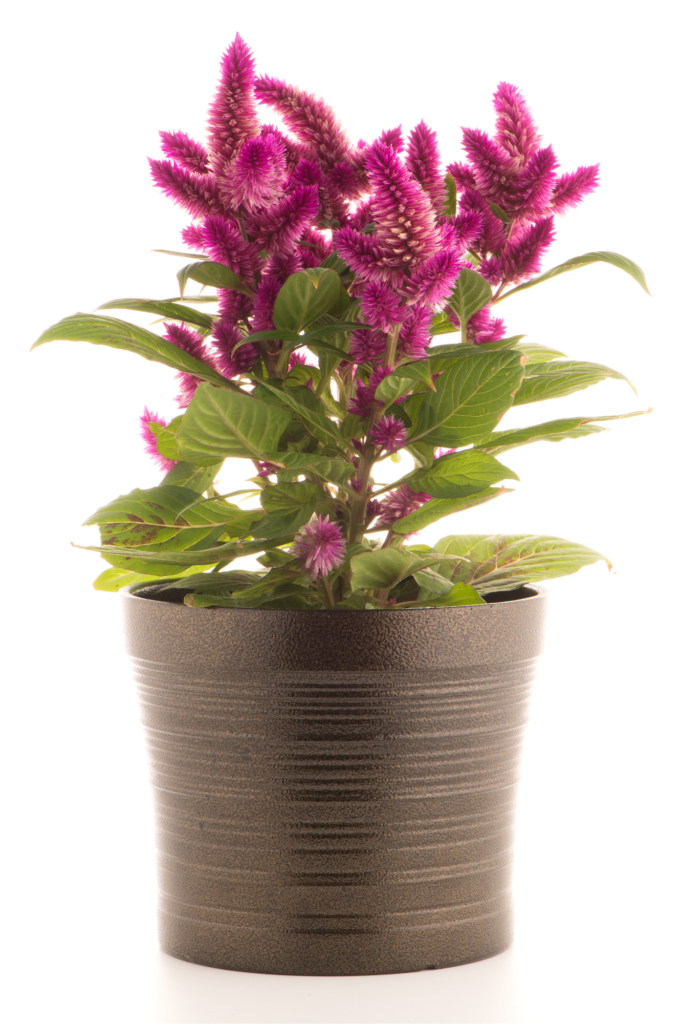Celosia cristata, commonly known as cockscomb or woolflower, is a beautiful and colourful plant that is native to tropical Asia. This plant is popular for its stunning flower heads that resemble the comb of a rooster or the crest of a helmet. It comes in a variety of colors including red, pink, orange, yellow, and white. Celosia cristata is easy to grow and care for, making it a great choice for indoor gardening enthusiasts.
In this article, we will discuss the steps to growing Celosia cristata indoors, including the best soil, watering, and lighting conditions. We will also cover the common problems and diseases that affect this plant and how to prevent and treat them.


Table of Contents
Choosing the right pot
Before you start growing Celosia cristata indoors, you need to choose the right pot. The pot should be large enough to accommodate the plant and its root system. It should also have drainage holes at the bottom to prevent waterlogging.
When choosing a pot, you can opt for a plastic, ceramic, or clay pot. Plastic pots are lightweight and easy to move around, but they don’t provide good aeration to the roots. Ceramic and clay pots are heavier and provide better aeration to the roots, but they can be more expensive.
Soil
Celosia cristata prefers well-draining soil that is rich in organic matter. You can use a standard potting mix and mix it with some compost to improve the soil structure. It is important to ensure that the soil is moist but not waterlogged.
Watering
Watering is an essential aspect of growing Celosia cristata indoors. This plant prefers moist soil, but it is important not to overwater it. Overwatering can lead to root rot and other problems. On the other hand, underwatering can cause the plant to wilt and eventually die.
To water Celosia cristata, you should wait until the top layer of soil is dry to the touch before watering it again. You can use a watering can or a spray bottle to water the plant. It is important to water the soil directly and avoid getting water on the leaves or flowers as this can cause fungal diseases.
Lighting
Celosia cristata requires bright and indirect sunlight to thrive. It is important to place the plant in a well-lit area that receives at least six hours of sunlight a day. You can place the plant near a window that faces east or west to ensure that it gets the required amount of sunlight. If you don’t have a well-lit area, you can use grow lights to supplement the natural light.
Fertiliser
Celosia cristata requires regular fertilization to promote healthy growth and flowering. You can use a balanced fertiliser that is rich in nitrogen, phosphorus, and potassium. You can also use a fertiliser that is specifically formulated for flowering plants.
It is important to follow the instructions on the fertiliser package and avoid over-fertilising the plant. Over-fertilising can lead to nutrient burn and other problems.
Propagation
Celosia cristata can be propagated through seeds or stem cuttings. If you want to propagate the plant through seeds, you can start by planting the seeds in a seed tray or small pots. You should cover the seeds with a thin layer of soil and keep them moist until they germinate. Once the seedlings are big enough, you can transplant them into larger pots.
If you want to propagate the plant through stem cuttings, you should take a cutting from a healthy plant and dip the end of the cutting in rooting hormone. You should then plant the cutting in a pot with well-draining soil and keep it moist until it roots.
Common problems and diseases
Celosia cristata can be affected by a few common problems and diseases, such as root rot, fungal diseases, and pest infestations. Root rot can occur when the soil is waterlogged, leading to the decay of the plant’s roots. Fungal diseases can cause leaf spots, powdery mildew, and stem rot. These diseases can be prevented by ensuring good air circulation and avoiding overhead watering. Pest infestations, such as aphids and spider mites, can also affect the plant. These pests can be controlled by using insecticidal soap or neem oil. Regular inspection and maintenance can help prevent and treat these common problems and diseases.
Conclusion
In conclusion, growing Celosia cristata indoors is a rewarding experience for any indoor gardener. With proper soil, watering, lighting, and fertilisation, this beautiful and colorful plant can thrive in your home. Propagation can be done through seeds or stem cuttings, making it easy to expand your collection. However, it is important to keep an eye out for common problems and diseases, such as root rot, fungal diseases, and pest infestations, and take appropriate measures to prevent and treat them. Overall, Celosia cristata is an excellent addition to any indoor garden, providing a pop of color and unique texture to your space.
